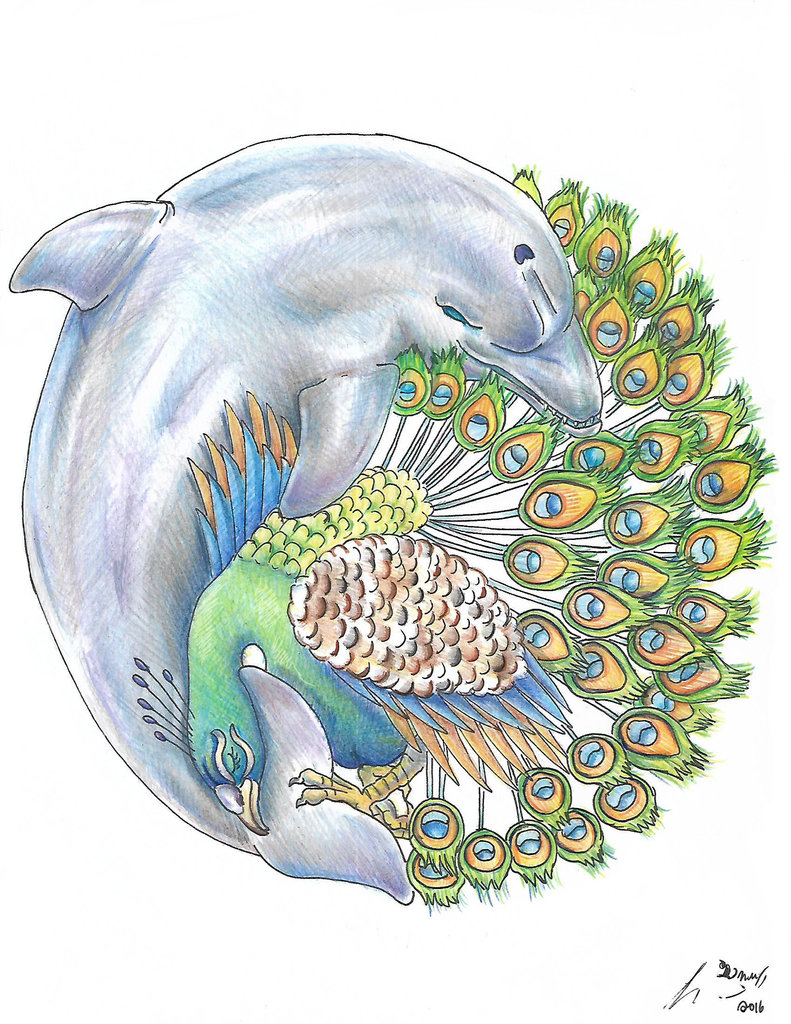Jonas Swallows the Whale.
This is a cathedral of words.
Cocooned within these pages is a living organism. In preparations for metamorphosis, the encasing structure takes on increasing complexity, immersing the reader in its development, through stages, through time, the creature inside is the main character, Jonas, but he is also the author, and the cocoon is both the world, and this book.
The DNA of causal relationships takes on life while Jonas’ desire to dissect the structure of reality mirrors his subsuming of physical natures. The heated passion for understanding illuminates his carnal quest. The conquering of intellectual forces, merging with physical mastery, as he engages in speed skating, tennis, art, music, or politics, no talent is out of reach, and the value of his own genetic material increases, as if he were reincarnating into his own body as different versions of himself. The ambition to swallow the entire universe, against the threat of invisibility, is inversely proportional to the extent the author buries himself beneath this dramatic persona, this living embodiment of his literary ambition.
“How do the pieces of life fit together?”
They are particles, these human masks, the psychological disguises, the whims of propriety, these densely congregated principles, these guiding facets of our being. The central wheel’s relation to time seductively reaches each corner of this gamopetalous book, wherein deceptively layered complexities of form and rhythm portray profound insight into Jonas’ psyche. Peering in at his escapades at intrinsic viewpoints allows us the same wish fulfillment as the author, who indulges in every excess of accomplishment.
Recursively returning to cause and effect, the interiority of stories bleeds through the framework of the novel. You have the constant contest between Bach and Mozart, Hamsun and Hitler, Ibsen and Shakespeare, and multitudes of others in Jonas’ life. The competition is inherent to the far-reaching initiative of this book. The phallic fixation of his aunt, the willingness of the women to be seduced, while it all defies verisimilitude, reinforce the central career of our hero, the man among men, Jonas, as he fits together the jigsaw puzzle of his life, standing outside of it, at the defining moment, the hub of the wheel, revealed in the first chapter in the form of a dead woman. The author falls back on the 2nd person perspective for these recursive moments, outside of time, at a far remove from the action of discovering Jonas’ modus operandi. Against tradition, casting a male in the role of seducer is not as original as at first glance, but it does raise many questions about the role of women within this novel, and if they are mere objects. The self-indulgence in this regard would merit scorn, if it wasn’t so artfully composed – perhaps.
Several digressions into Norwegian history, politics, science, music, history, and sports, at first seemingly disparate elements, eventually coincide in their focus within the schema of Jonas’ mind.
The search for the self, entailing the architectural symbolism that comprises a human, the myriads we contain, the authenticity and imitation, the layering of memory and the ghosts it paints over our experience, the tapestry radiating outward, of the generations that spawned us, all of these confluent forces charging toward some inevitable conclusion. Luckily, the tone is one of a constant unveiling of intimate secrets. The book is supremely readable. We are allowed to draw our own conclusions about the morality of conquest, and the merit of competition.
The inversion of religious imagery, the transcendence of isolated experience, the references to popular and classical music, and regional artists people the very infrequent landscapes, and inhabit a strictly intellectual panorama instead, navigating a layered political climatology, invoking the great artists of the past in every major discipline, like Mount Rushmore-size affronts to our MC’s immortality.
If none of these themes interest you, how about the exploration of human archetypes? Light: a particle and a wave, representing turbulence and the dual nature of human beings as both divine and animal.
Who or what is a seductress? What seduces the seducer? Can we deduce that that seducer is a medusa?
Secrets triggering memories, many episodes marked by a peculiar odor, rites of passion, sex devoid of lasting love, events spoking out from the central point, the Wheel of Fortune revealing letter by letter the inevitable fate of our Grail-seeker. Recapturing lost childhood, longing for nostalgia, Jonas ventures farther afield in search of consequences, finding only affirmation of the dreaded summation of his career.
Kjærstad also incorporates Norway’s cultural imprint on the world, the art and music scene, fashion, high society, critics, schmoozers, culture, corruption and frailty, Nationalism, in a word, and posits a contention that Jonas is the Everyman his country needs, to pull it out of the small ice cave it has become.
Our myriad selves, the nucleus of human potential – all of the people you might have been, a haunting evaluation of artistic accomplishment as a life’s defining features, are we more than the sum of our works? From one step to the next – from Zambezi river rapids, budding with memento mori, to a garden of gravitas sprouting around the biographical cocoon. There’s always 2 sides to every coin, 2 sides to every mirror. Every mirror has a deceptive silver lining. And the Bergensveien winding serpentine, a silver vein, the silver thread running through it all, from Jonas’ very spine, this same thread, thrummed by the gods. He becomes a divine instrument, the overcomer, the proto-human, Prometheus, resulting in his intuition, or 6th sense for opportunity and conquest and significance that derives from this subtle vibration. And the charging silver train, a forward thrusting movement, until he returns to the polar bear rug and the Antarctic fascination spreading outward from it, an interstitial motif, a preoccupation with snow, death, and the story’s central cavern, relegated to a base level background hum, in an absence of scenery, in the irrelevance of fame, a Faustian accumulation, the prestige, success, like weighty concentric circles, ripples, latitude lines, planetary orbits, causality, the Butterfly Effect, the hurdles he leaps. Each sport he triumphs in is a symbol, becomes part of his DNA, like the women, palimpsests laying on top of one another, like cards in a deck, stacked.
The body, blood, fluids, heart and adrenaline runs through the prose. Once again the book is a living organism, Jonas merging with the other characters, conquering one after another, sexually, physically and intellectually. If he were a chess player, he would be Magnus Carlsen.
The motif of the color silver – Nefertiti’s mouth organ, frozen mammoths, the transmogrification of animals and vehicles, the merging of symbols, alongside the golden luster, the golden opportunity, the golden child, his lust and manhood, like the naked ladies on the highball glasses’ interior, clothed on the outside, the 2-sided mirror, the dimensions of lives, like images trapped in the camera obscura of her dead pupils.
The Lego blocks, mirroring his near death in the fetal ice fortress, the relevance of temperatures, a fear of cold, Norway, if it can be so labeled. This is the reason Jonas’ travels abroad. In order to escape.
P. 499 sums it all up in a vast atemporal vision, encompassing eras in the snapshot of the moment, Jonas sees through time to the various states of the environment as the scene transforms, regresses and progresses. In a way we glimpse our own deaths day after day, in the interrelationship of forces and concrete reality. We relegate this trauma to memory, blurring out time and reimagining ourselves anew. Our malleable clay lives, as much as we would like to mold them, are not in our own hands. Or are they?



Leave a comment